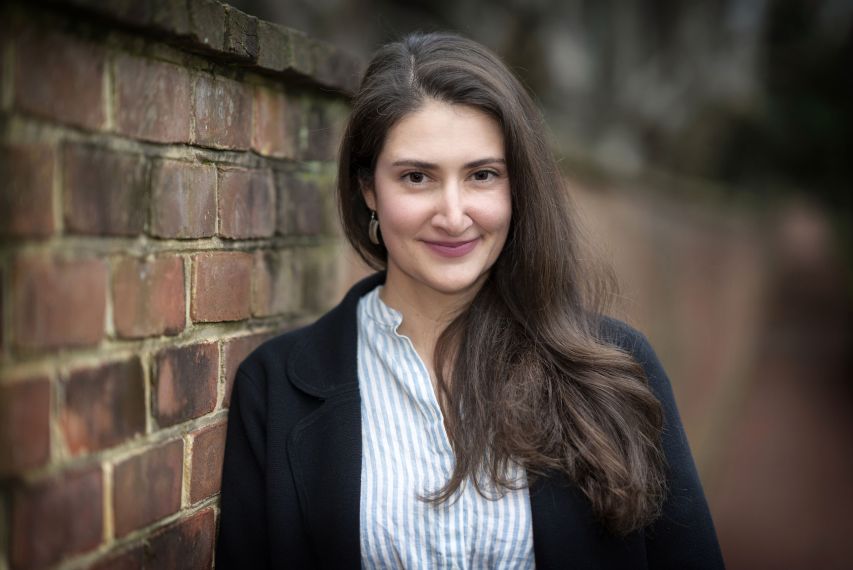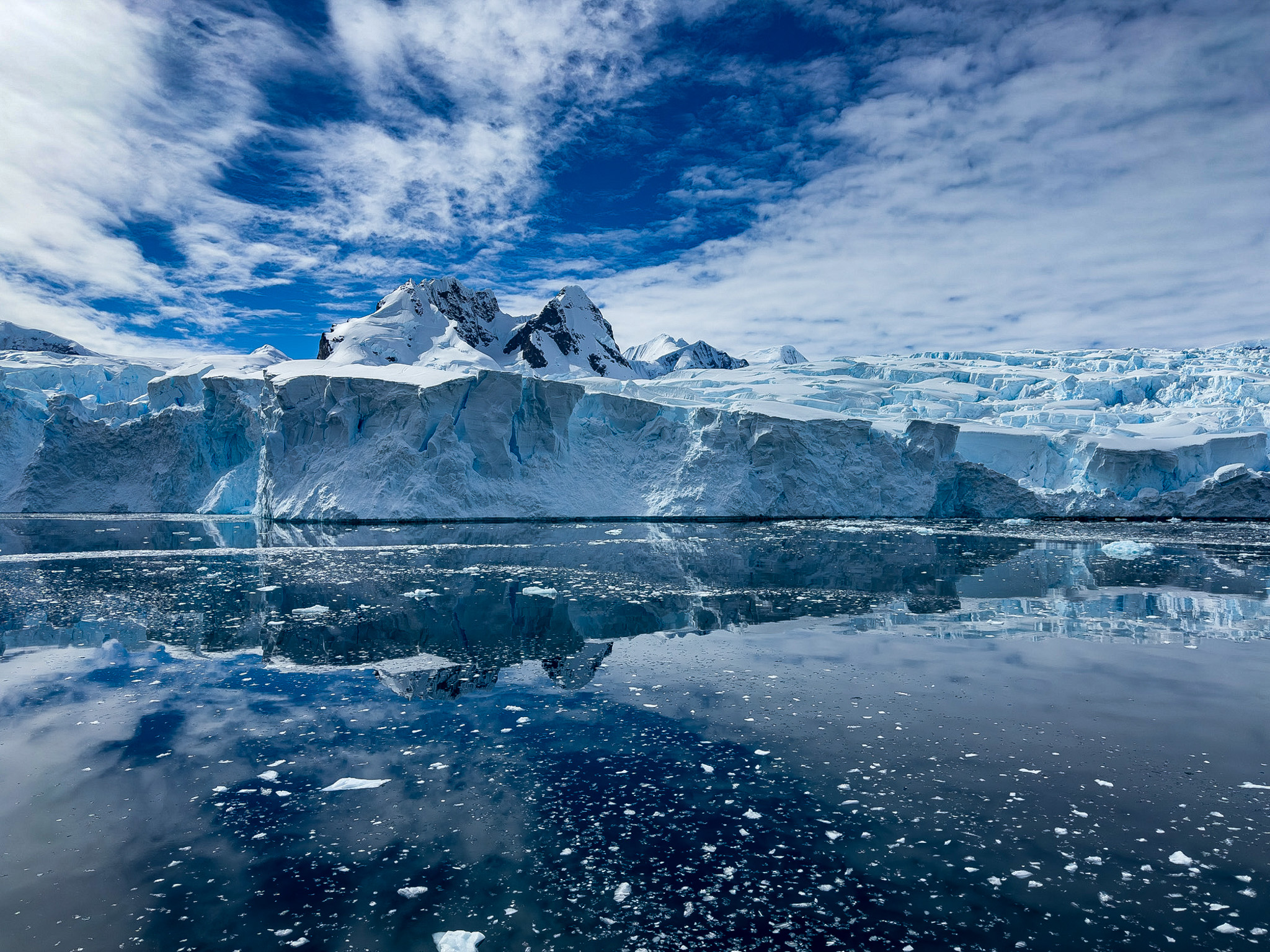You’ve just returned from Japan. What brought you there?
Miller: I traveled to Japan because of an international fellowship at Hokkaido University in Sapporo, Japan. I had learned about the fellowship through Twitter, cold-emailed a researcher at Hokkaido who does research relevant to mine and he turned out to be willing to work with me. The U.S. doesn’t have a national polar research institute that employs researchers to specifically focus on work in Antarctica, but Japan does, so there are quite a few people working on cold and polar regions. This was a great opportunity for me to exchange and expand collaborations situated in universities doing slightly different research. I was at Hokkaido for six weeks and interacted a lot with faculty at their Institute of Low Temperature Science. I also had the opportunity to meet with UVA alumni in Tokyo, to visit a colleague at University of Tokyo, and to give a talk at the Japanese National Institute of Polar Research. This was a great experience and now I have connections with lots of potential future collaborators in Japan.
My host partner, Shin Sugiyama, is a glaciologist who studies the current status of glaciers and ice sheets in Greenland and Patagonia, among other areas. Glaciologists study ice and because of that they think in changes over days, seasons, or several years. As a geologist, I study both ice and land and I think over much longer timescales: tens, hundreds, or even thousands of years. So, our research areas and even disciplinary methods are quite different, but through this trip and our chance to speak and work together, we discovered that our research is quite complementary. If we understand glaciers and processes that impact them elsewhere, we can better understand what happens in Antarctica.





